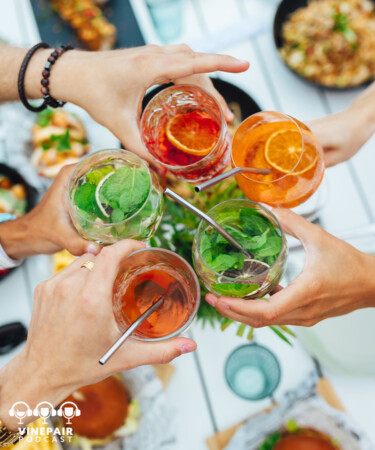Recent stats from Nielsen Media Data show that much of the on-premise sales growth for cocktails and spirits is happening at restaurants, not cocktail bars and other dedicated drinking establishments. So shouldn’t restaurants be putting the same amount of energy into refining their bar programs as they do their food menus?
Some feel that it’s simply not worth it, as diners are more prone to play it safe and order a classic cocktail at a restaurant rather than rolling the dice on an in-house creation. However, most would argue that there’s an incongruence between taking massive pride in a curated food menu while simultaneously letting the drinks become an afterthought. After all, customers don’t necessarily want to go to one place for drinks and then another for food. Just like how we’ve seen wine bars expand their food options beyond tin fish and bowls of mixed olives, restaurants with robust cocktail programs are dishing up convenience, providing one-stop shops for both memorable food and drinks.
At the same time, however, there is this long-standing idea that people don’t take restaurant cocktails seriously. The general belief has been that a restaurant bartender isn’t going to have the same prowess as one behind the stick at a bonafide cocktail bar, but as the tides of the industry shift, talent crossover between bar programs is becoming more prevalent, disproving such assumptions.
On this episode of the “VinePair Podcast,” Adam, Joanna, and Zach dissect the Nielsen data and consider what it means for the industry at large. What does this say about cocktail drinkers, and how can restaurants and bars adjust? Tune in for more.
Zach is drinking: Fresh Hop Frenz from Bale Breaker Brewing Co. and Russian River Brewing Co.
Joanna is drinking: Penicillin
Adam is drinking: Transmitter Brewing NY1 Rye Saison
